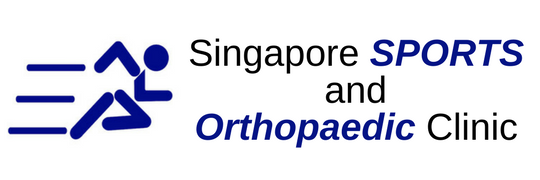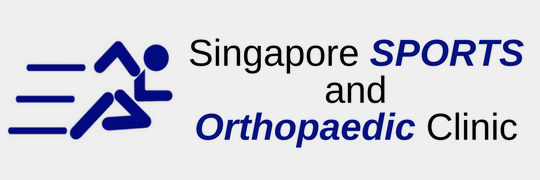Impingement of the shoulder is an extremely common problem associated with shoulder pain. It occurs due to the impingement of tendons in the shoulder. Repeated usage of the shoulder joint will increase the chances of one suffering from shoulder impingement. This is especially so for athletes involved in sports such as tennis, swimming and badminton. Unlike other injuries, pain is extremely persistent in shoulder impingement and will affect all of the daily activities.
The structure giving our body its shape are the bones and surrounding it are the muscles. When an injury is suffered, blood will rush to the site in order to combat against infection. When this happens, the area will swell up and lead to a chain event. The swelling up of muscles will create tremendous pressure and impinge onto soft tissues such as the ligaments and tendons.
The usual symptoms associated with shoulder impingement include tenderness and soreness. There will be persistent pain throughout that does not go away with treatments such as using hot pack or massages. Over time, the shoulder muscles will weaken and it is nearly impossible to place the arm over your head. Prolonged impingement will lead to the tearing of the shoulder muscles, leading to a rotator cuff injury.
Symptoms of a shoulder impingement is classified into 3 different stages from 1 to 3. Stage 1 involves young patients who are below 25 years. In this stage, the only type of symptom observed is swelling and imflammation. This is due to the ability of the body to repair itself. In stage 2 which involves people from 25 years to 40 years, there will be a significant loss of ability to use the shoulder joint due to it weakening. In stage 3 which happens to people above 40 years old, the symptoms will be much more serious as it often involves the tendons, muscles and bones.
The initial stages of treatment is non-surgical. Oral medications such as aspirin and ibuprofen will be prescribed in an attempt to reduce inflammation. Physical therapy will also be conducted to strengthen the shoulder muscles and improve the range of motion and rotation. If these do not seem to have an effect, a cortisone injection will be injected directly to combat infection. If no improvement is seen after 2 months, the patient will have to undergo a MRI scan and a surgery will need to be performed if it is diagnosed to be a rotator cuff tear.





